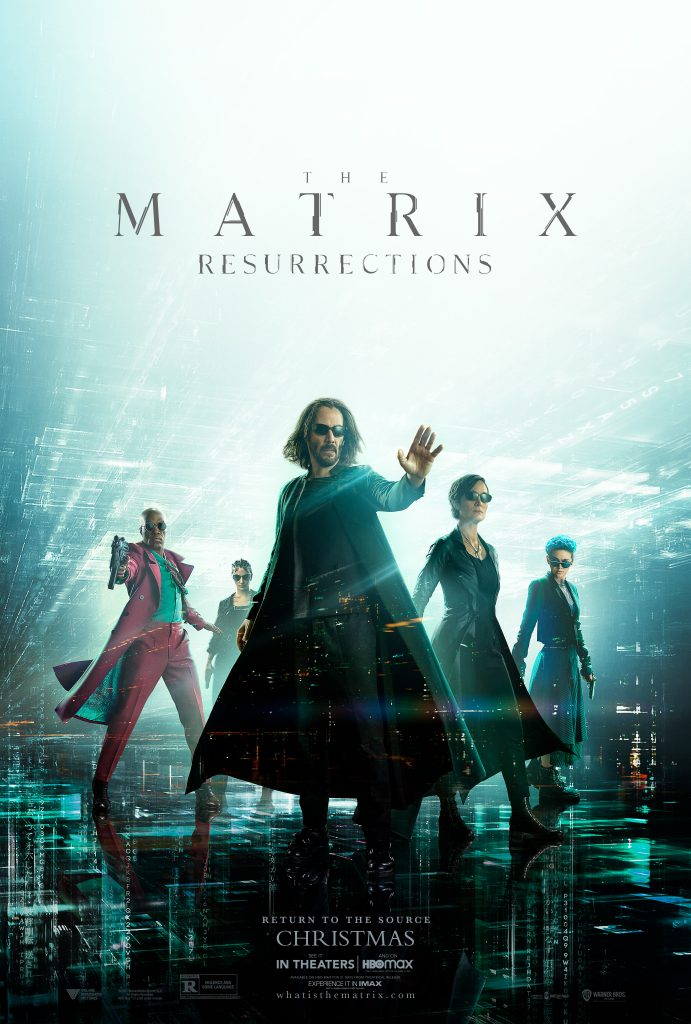“The Matrix is surely the kind of film about the matrix that the matrix would have been able to produce,” French theorist Jean Baudrillard stated in a 2004 interview. Despite the fact that Baudrillard’s theories regarding simulated realities were a major inspiration for the Wachowskis’ Matrix trilogy, he disapproved of the films, claiming that the Wachowskis had lost his point.
While the Wachowskis demonstrated that the real, an apocalyptic wasteland in the far future, was clearly distinguishable from the matrix, a simulation of the world as it existed in the 1990s, Baudrillard proposed that in the postmodern world, the matrix and reality are indistinguishable and feed off one another until there is no longer any real. Only a “desert of the real” exists.
He claimed that, unlike Neo and his group in the Matrix films, we would never be able to escape or let go of the matrix: our social media versions, our mass media, our sense of selves, and the world as we perceive it through our reflections in the black mirror. We are aware of what the matrix may be today, yet we refuse to log off.
In The Matrix Resurrections, director Lana Wachowski, one half of the Wachowski sisters, takes Baudrillard’s criticism into account and gives a cynical perspective of our reality. Early in the film, the most imaginative and telling sequence occurs.
This time, Neo (Keanu Reeves) is a video game developer best known for creating the Matrix trilogy of games, the events of which closely resemble the Wachowskis’ original film trilogy. In the movie, the Matrix games have had the same effect on the population who are living inside a new version of the matrix themselves, just as the Matrix film trilogy has been highly successful and influential as both spectacle and a reservoir of philosophical ideas that have never been more relevant in our world.
The game’s parent company, Warner Bros., the real-world producers of the film trilogy, has commissioned Neo to create a fourth Matrix game. Neo’s team breaks down what made the original games successful in a montage cut to Jefferson Airplane’s White Rabbit.
One says it’s all about “guns” and “bullet time,” referring to the first film’s spectacular VFX success in 1999. Another person describes it as “mind porn… philosophy in shiny, tight PVC.” Others argue that the Matrix is about “trans politics,” “crypto-fascism,” and “capitalist exploitation.” When someone says reboots are uncool, someone else points out that they sell. Meanwhile, a depressed Neo is seen privately debating whether this is all there is to reality.
It’s almost as if this scene depicts the discussions at Warner Bros. about making the fourth Matrix film. The Matrix trilogy is about all of the above and more, and the fourth film is a reboot-cum-sequel that combines all of these elements. Finally, it was revealed that Baudrillard was correct: the Matrix games were a ruse devised by the matrix itself to keep Neo’s pre-programmed tendencies and a revolution in check.
The most fascinating feature of the Matrix films is that, while the first film told a clear good-vs-evil plot, the sequels and third films twisted Neo’s myth. The matrix’s Architect (Helmut Bakaitis) tells Neo in the second film, The Matrix Reloaded, that the machines-built Neo as a program to absorb the inconsistencies within the simulation so that human revolutions only help make future iterations of the matrix stronger. The sixth Neo in the Matrix trilogy is, in fact, Neo.
In other words, within the material world as we know it (the matrix), Evil (the machines) has established Good (Neo) as a safety valve to limit revolutions so that humans can continue to offer slave labor. Humans and machines reach a peace at the end of the first three Matrix films.
The machines would spare the humans’ real-world colony Zion in exchange for Neo finishing rogue program Smith (Hugo Weaving), who was threatening to rip the matrix away from the computers’ control in order to create a world without people. Neo makes the ultimate sacrifice to eliminate Smith, saves Zion, and transforms into a Jesus-like figure. Humans who are plugged in continue to be plugged in. Those who managed to flee are now free to live their lives in peace.
